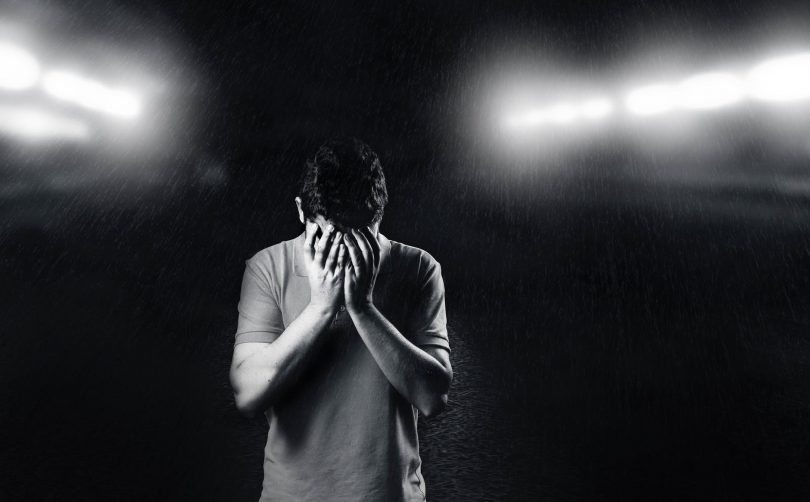Every January we hear about Blue Monday (17th January 2022), but what is it and what does it mean for our mental health?
Dr Siobhan Jones, Lead Psychologist for the UK at Mindler, discusses the reality of Blue Monday, the link between this time of year and poor mental health as well as tips on how to manage it and uplift our mood.
What is Blue Monday?
The concept of Blue Monday was first put forward in 2005 by a UK travel company who claimed this was the most depressing day of the year, when poor Northern Hemisphere weather conditions were taken into consideration. According to them, Blue Monday falls on the third Monday in January.
Looking at it this way, it could be thought that this was a ploy to get people to book more holidays (which it likely was!). However, there may be a reality to the ‘winter blues’. When the sun is lower in the sky, and days are shorter, we get less vitamin D. Our bodies create vitamin D from sunlight. People usually get enough of this vitamin during the lighter months, but production in the winter time decreases. For some people, symptoms of a lower vitamin D production are fatigue, low mood and physical weakness (amongst others).
What is the winter blues and SAD?
For some, what they experience may be more than just the ‘winter blues’. Seasonal Affective Disorder (SAD) or Major Depressive Disorder with Seasonal Patterns is described in the DSM-5 and is therefore a diagnosable mental health condition. This is where people develop symptoms similar to depression during the autumn and winter months but the symptoms alleviate during the spring and summer months. To get this diagnosis though, it needs to be more than just the ‘winter blues’ – symptoms of low mood need to interfere with everyday life to a significant level, be overwhelming and feel unmanageable.

Is it particularly bad this year?
It is difficult to say whether this year, with Omicron, people isolating with Covid, the higher cost of living, and various significant news events, will make SAD worse for people. As context has a huge impact on mental health difficulties and how we feel (some may argue that how we feel is all because of context) it would be no wonder that people in the UK felt this January to be particularly challenging. Loneliness, frustration at the ongoing situation, potential grief and bereavement, the effects of ill-health can all be a heady, and overwhelming, mix.
How can I lift my mood?
In order to try to lift your mood in the darker months there are many things you can do. Some examples are:
- Schedule into your day doing something you enjoy so you have something to look forward to
- Get out of the house – spending more time outdoors in the daylight, even if it’s not sunny, can be beneficial
- Exercise – it always feels obvious to say this but any form of exercise is amazing for your mood and sense of achievement. It doesn’t have to be an intense workout, even some gentle yoga can do wonders for how you feel
- Take some vitamin D supplements
- Buy an SAD lamp for some light therapy
- Talk to people and open up to them – schedule a walk or a Zoom call with someone and let them know you are struggling.
- Talking therapy may also help with combating the ‘winter blues’ or SAD, specifically Cognitive Behavioural Therapy. CBT can help people start to explore what it is specifically for them that they find so challenging about the winter months.









Leave a Comment
You must be logged in to post a comment.